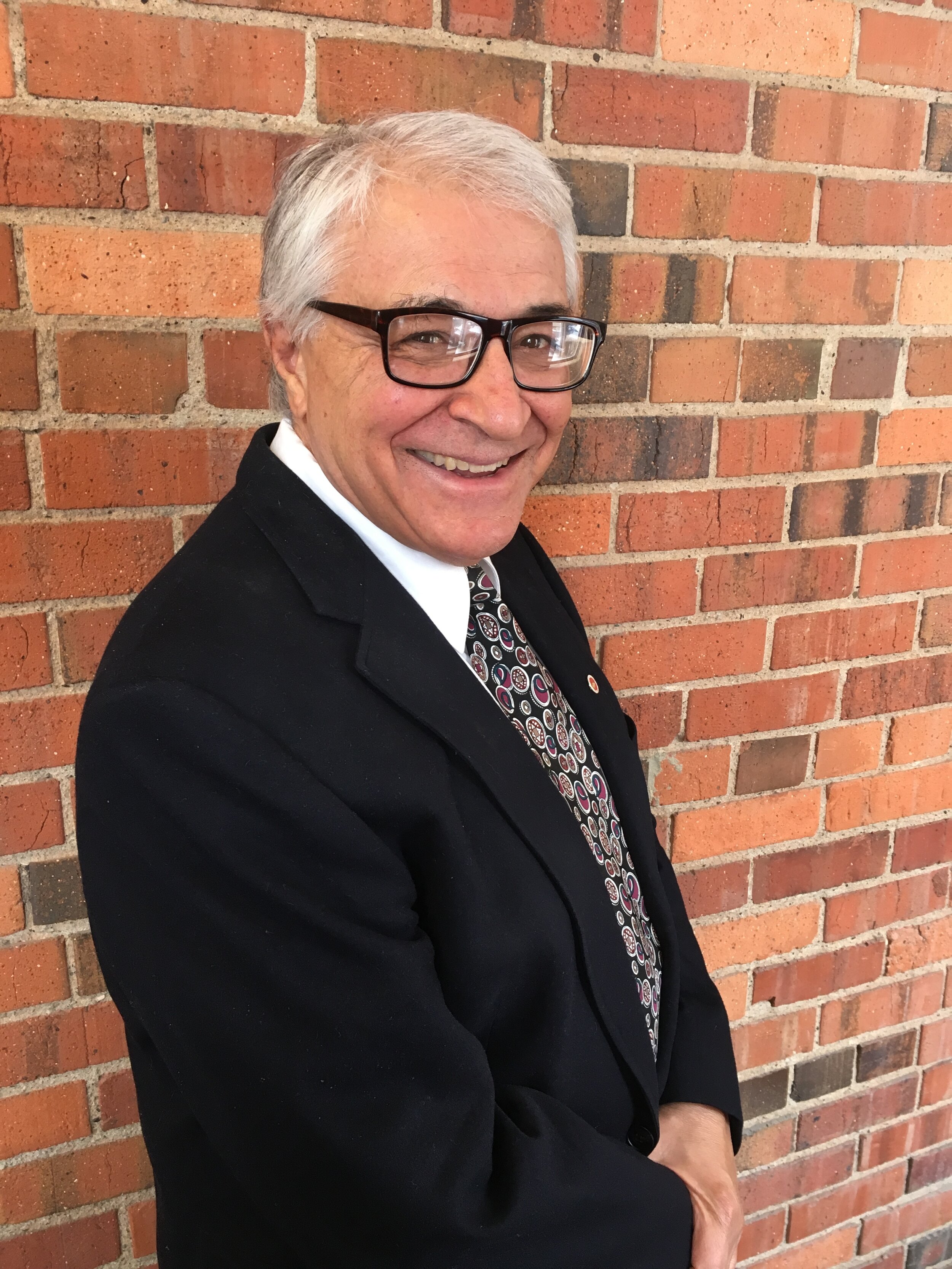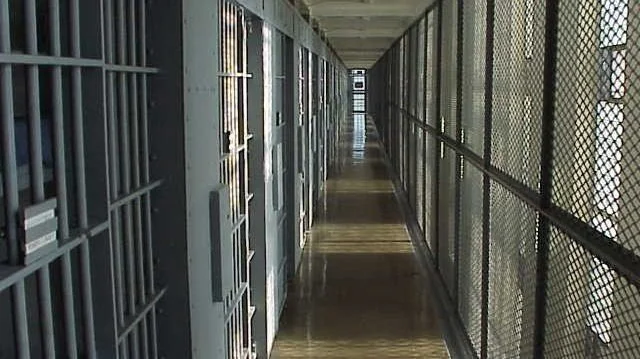Inside Alcatraz: The history of America’s most notorious prison as President Trump weighs reopening it
Even now, Alcatraz is a forbidding place.
During a tour — and I’ve done it twice — you are taken to “The Hole,” where the worst of the worst of the worst were punished for failing to follow the strict rules. If you are willing, and some visitors were not, you enter one of cells 9-14 in D Block. When the door is slammed shut, it’s completely, absolutely dark. Not a bit of light.
There are no beds, no chairs, no blankets — nothing. When Alcatraz held more than 200 hundred killers, robbers and other excessively dangerous men, it also had local residents, including mice and rats. They surely made for interesting companions in the pitch black.
So, yes, it was a frightening place to punish the most dangerous and incorrigible prisoners in the system from 1933, during the Great Depression and the gangster era, until 1962. Even a minute in The Hole was enough to make that clear.
That doesn’t mean it should be used again. Alcatraz, a 22-acre speck of land in the San Francisco Bay, has been closed for more than six decades. When the Bureau of Prisons shut it down on March 21, 1963, it was already crumbling, in dire need of repair and expensive to operate.
Because it was located on an island about 1.25 miles from the shore in San Francisco, everything — food, water and supplies — had to be sent over via boat. The BOP estimated it was three times as expensive to operate as any comparable prison.
Plus, its reputation as The Rock, an isolated isle where no man could escape, had been shattered on June 12, 1962, when guards learned three inmates — Frank Morris, a highly intelligent bank robber with a history of escapes, and two brothers, John and Clarence Anglin — were missing.
They had carved holes into the back walls of their cells, slipped out through corridors, made their way past guards and watchtowers, and entered the bay. The three crafty criminals had made a raft and life jackets from items they scrounged and entered the frigid waters.
Did they make it to nearby Angel Island, and from there to freedom? Did they drown in the water, unable to overcome the cold and the strong currents? It remains a mystery, although evidence uncovered in the last decade strongly indicates they made it.
The name Alcatraz is derived from “Isla de los Alcatraces,” or Island of Pigeons. That is the title given to it in 1775 by Spanish explorer Juan Manuel de Ayala when he chanced upon three islands in the bay. It was anglicized over the years.
Now, it may be Trumpized.
On Sunday, the president, in yet another rant released on his ironically named Truth Social, announced he wanted to make Alcatraz a prison again.
“REBUILD, AND OPEN ALCATRAZ! For too long, America has been plagued by vicious, violent, and repeat Criminal Offenders, the dregs of society, who will never contribute anything other than Misery and Suffering. When we were a more serious Nation, in times past, we did not hesitate to lock up the most dangerous criminals, and keep them far away from anyone they could harm. That’s the way it’s supposed to be. No longer will we tolerate these Serial Offenders who spread filth, bloodshed, and mayhem on our streets. That is why, today, I am directing the Bureau of Prisons, together with the Department of Justice, FBI, and Homeland Security, to reopen a substantially enlarged and rebuilt ALCATRAZ, to house America’s most ruthless and violent Offenders. We will no longer be held hostage to criminals, thugs, and Judges that are afraid to do their job and allow us to remove criminals, who came into our Country illegally. The reopening of ALCATRAZ will serve as a symbol of Law, Order, and JUSTICE. We will, MAKE AMERICA GREAT AGAIN!”
Aside from the random capitalizations, the very idea has people who understand the prison system shaking their heads. Of course, that is a common reaction to a Trump statement.
Why is he doing this?
“It’s a symbol of law and order,” Trump told a Reuters’ reporter Sunday night.
He also said the idea came to him while thinking about what to do with the people he is having arrested, detained and, in some cases, deported.
“So many of these radicalized judges, they want to have trials for … every single person that’s in our country illegally,” Trump said.
Trials? Due process? Constitutional rights?
Nah. Just lock ‘em up in a prison that closed six decades ago. It was first used as a military prison from 1850-1933. It also was a citadel against possible invasion, with 100 cannons and a detachment of soldiers. Inmates built the prison known as “The Rock.”
When criminals were riding high in the 1930s, notorious figures such as Al “Scarface” Capone — whom Trump often labels “the great Alphonse Capone” — George “Machine-Gun” Kelly, Alvin “Creepy” Karpis, and Arthur “Doc” Barker served time at Alcatraz.
For the first several years, they did so in silence. No talking was permitted. But there were some privileges — good food, to keep the inmates from growing angry, lean and able to swim to shore, warm showers to ensure they would be less acclimated to the frigid waters that surrounded them, and solo cells.
Still, there were problems, as you might expect when 260-275 violent, dangerous men were held in close quarters.
An escape attempt on May 2, 1946, became known as The Battle of Alcatraz, with two officers and three inmates killed after a three-day gun battle that ended when a group of Marines were brought in. Others were wounded, and two inmates executed for their roles in the uprising.
Bullet scars are still visible on the walls. It’s a compelling part of the tour and a piece of Alcatraz history often overlooked.
There were a total of 14 escape attempts with 36 inmates involved, two of them who tried twice. It was all in vain for most, as 23 were caught, six were shot and killed during their escape and two drowned.
Five, including Morris and the Anglin brothers, are listed as “missing and presumed drowned.” Clint Eastwood played Morris in the 1979 movie “Escape from Alcatraz,” and scenes were filmed on The Rock.
There are other myths and legends surrounding it. The “Birdman of Alcatraz,” Robert Franklin Stroud, was a highly dangerous murderer kept in solitary confinement most of his life. Unlike the kindly, scholarly man portrayed by Burt Lancaster in the 1962 film, Stroud was a vicious predator who killed as a teenager and later murdered a guard.
He also never kept birds on The Rock. Stroud did keep birds and write two acclaimed books on avian diseases when a prisoner at the federal prison in Leavenworth, Kan., but he was not allowed to house them when he was transferred to Alcatraz.
Perhaps all the birds that still fly past kept him intrigued.
Russell Means, the South Dakota-born activist and actor, was among a group of Native Americans who camped on Alcatraz in 1964 and again from Nov. 20, 1969, to June 11, 1971.
They said treaties allowed Natives to seize any unused federal land. They earned some media attention and sympathy from the public as the symbolic seizure helped reveal the plight of American Indians. But a spree of destruction and vandalism that included a fire that destroyed buildings led to their eviction.
It has since become a tourist destination. It’s part of the Golden Gate National Recreation Area and more than 1.5 million people visit annually. The old prison was placed on the National Register of Historic Places in 1976 and named a National Historic Landmark in 1986.
It’s certainly worth a visit. The ferry ride takes just a few minutes, but be sure to wear a jacket. The bay is a cold, windy place, as Morris and the Anglin brothers could tell you.
Is there a chance Trump could actually make it a high-security prison for killers, terrorists and anyone he dislikes? Probably not, but he did capture the one thing he demands the most: Attention.
That’s enough to make you want to hide in The Hole.
Fourth-generation South Dakotan Tom Lawrence has written for several newspapers and websites in South Dakota and other states for four decades. He has contributed to The New York Times, NPR, The London Telegraph, The Daily Beast and other media outlets. Do not republish without permission.
Photo: public domain, wikimedia commons
The South Dakota Standard is offered freely and is supported by our readers. We have no political or commercial sponsorship. If you'd like to help us continue our mission to advance independent political and social commentary, you can do so by clicking on the "Donate" button that's on the sidebar to your right.







